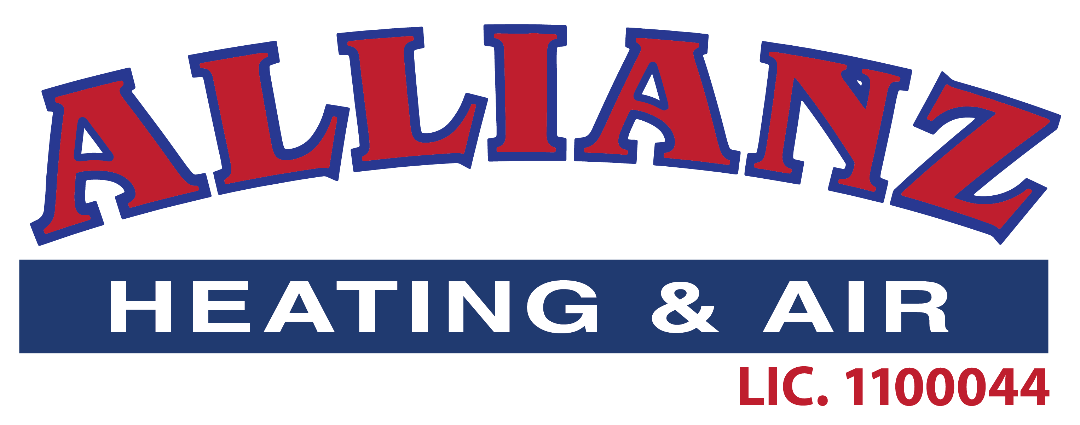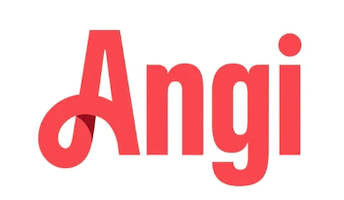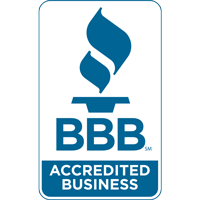
Ceiling fans are one of the most underrated ways to increase home comfort and cut energy costs. By boosting air circulation and working in conjunction with your HVAC system, ceiling fans and energy efficiency are truly a match made in heaven. They offer a smart, eco-friendly way to keep cool while lessening strain on your AC—even preventing unnecessary air conditioning repair.
In this blog, the experts at Allianz Heating & Air break down how ceiling fans can improve your comfort while avoiding energy waste with increased HVAC efficiency. We'll also offer some HVAC efficiency tips that take advantage of ceiling fans.
Comfort vs. Temperature: Getting Comfortable with the Wind-Chill Effect Indoors
Ceiling fans don’t actually cool the air—they make your home more comfortable by moving air over your skin. This is known as the wind-chill effect, and it can make a room feel up to 4 degrees cooler without lowering the thermostat. That means you stay comfortable and enjoy the benefits of indoor air circulation from your ceiling fan while minimizing air conditioner use—helping reduce your electric bill in summer.
The Best of Both: Advantages of Pairing Fans and Air Conditioning Together
There are several advantages to using ceiling fans and air conditioning at the same time, especially when it's very hot outside. By combining both, you boost HVAC efficiency and keep your home cooler with less strain from your cooling system.
Top perks of using ceiling fans and AC together:
- Ceiling fans help lower HVAC load by circulating cool air more evenly throughout rooms in your home. Decreasing HVAC stress is important, because it can save you from a breakdown that could lead to premature AC or furnace installation.
- Using overhead fans boosts the comfort level of your home by getting rid of warm pockets and improving air movement.
- Pairing ceiling fans and AC can reduce overall energy use. If you have a home automation system, you can even adjust your smart thermostat settings to bump up the temp a few degrees while your ceiling fan is running.
Clockwise vs. Counterclockwise Ceiling Fan Rotation: What Direction to Spin in Summer and Winter?
To make full use of your ceiling fans year-round, it’s important to ensure blades are rotating in the proper direction for the season. The direction affects how air circulates, which can either or redistribute heat so you feel warmer.
When to spin ceiling fans counterclockwise
When it's hot outside, ceiling fans should rotate counterclockwise at a quick speed. This creates a breeze that pushes cool air downward, enhancing the wind-chill effect and making you feel cooler.
When to spin ceiling fans clockwise
In the winter, set your fan to rotate clockwise on a gentle setting. This softly moves cold air up and draws warm air downward from the ceiling, so you feel warmer without adjusting your thermostat.
Things to Look for in a Ceiling Fan
Selecting the right ceiling fan depends on a few key factors, such as blade design, airflow rating and room dimensions. First, look for fans that offer a good blend of ECFM airflow and blade pitch to ensure efficient air circulation in your home:
- ECFM is the amount of air a fan pushes—the cubic feet per minute, or CFM—per watt of electricity consumed. Fans with greater ECFM are more energy efficient.
- Blade pitch refers to the tilt of the blades. A sharper blade pitch increases airflow but can also put extra load on the motor.
Also, consider room size when sizing a ceiling fan—a fan that’s too small won’t move as much air as you'd like, while one that’s too large may be too strong for the space.
Raise Your HVAC Efficiency With the Experts from Allianz Heating & Air
At Allianz Heating & Air, our HVAC technicians can help you stay comfortable while easing the burden on your heating and cooling systems. From practical fan advice and air conditioning installation to smart thermostats and furnace repair, we offer comprehensive solutions that work with your budget. Set up your appointment by calling 530-221-2642 today.









